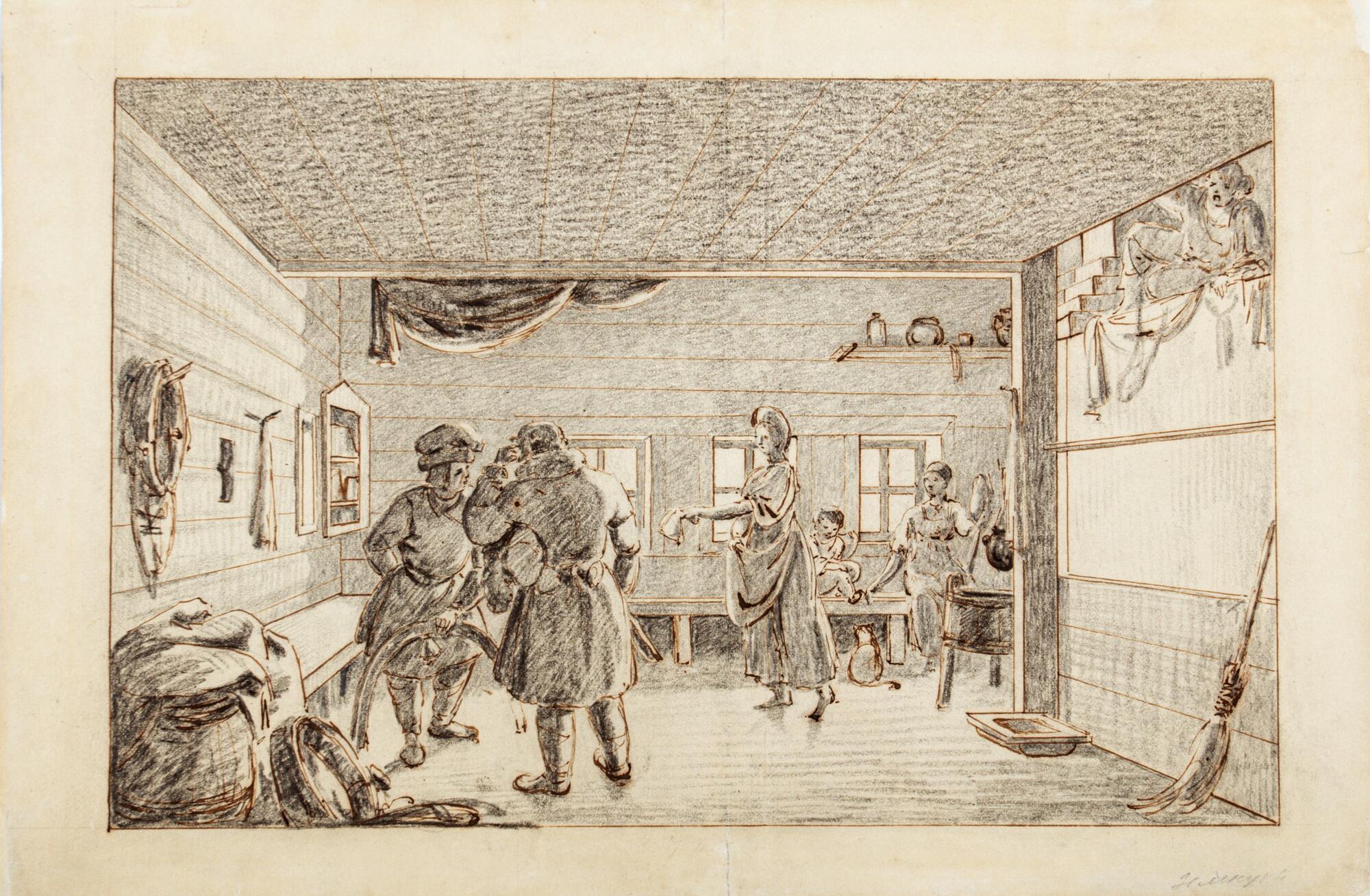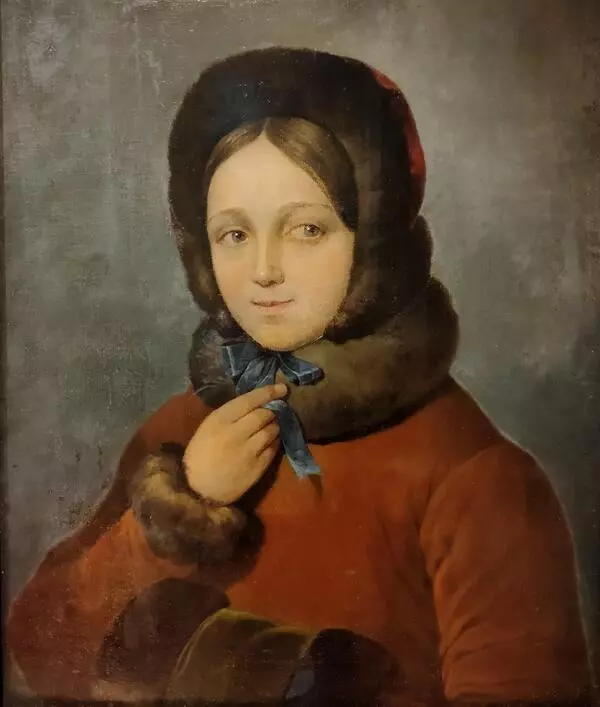The National Pushkin Museum displays a drawing made by an academician of painting Kapiton Alekseevich Zelentsov (1790–1845) depicting the “coachman’s side” of a postal station.
The need for travel required the establishment of special places equipped for travelers, where they could rest, feed horses, and repair carriages. Initially, peasant houses were adapted for these purposes, but during the reign of Alexander I, when the construction of roads and development of wayside amenities became a state priority, standard postal stations began to appear.
The central part of such a station was occupied by the “station house” itself, which had an area for documenting the names of travelers, a room for the caretaker, hotel-style rooms for overnight travelers, a kitchen and a coachman’s room. Gates on the sides of the house led to a large courtyard with stables, sheds and other outbuildings. Back in the 18th century, the architect Nikolay Lvov was the first to begin developing a project of a typical postal station. Subsequently, such stations were constructed in several cities. Post stations directly on the Post Road, outside the city, were designed by the architect Luigi Rusca and built in the early 19th century. As a rule, such stations were located at a distance of 20 to 30 versts (20–30 km) from each other, so there were a considerable number of them on the roads of the Russian Empire.
The drawing shows the “coachman’s side” of the postal station — a simple house with plank walls and ceiling, a Russian stove, and benches along the walls. In it, the drivers wait for departure, warm up, and repair harnesses. In the foreground on the left are two drivers in caps and warm robes; one of them holds a shaft bow. On the right in the corner sits a young woman with a spindle, next to her on the bench — a child. A young girl in a kokoshnik (a traditional headdress) stands in the center. She holds her apron with her right hand.
Kapiton Zelentsov who made this drawing also
created a number of illustrations for the works of famous writers and poets,
including Alexander Pushkin.



